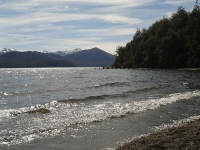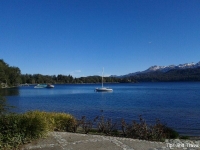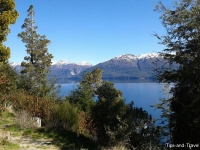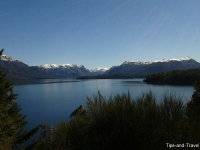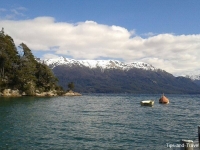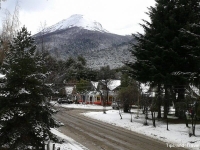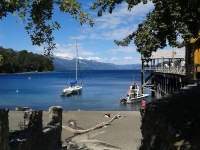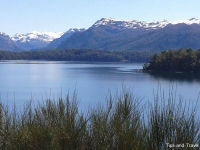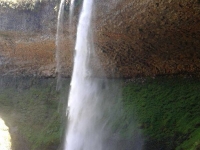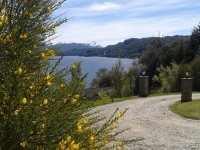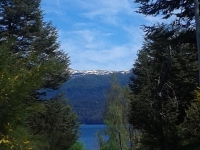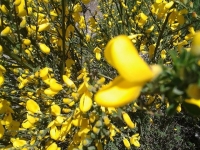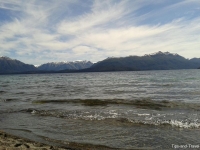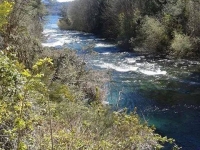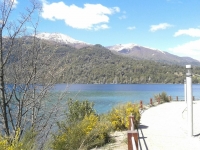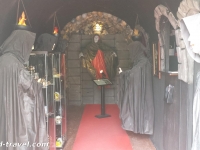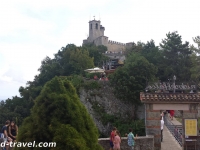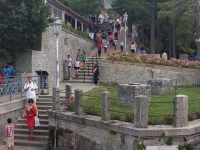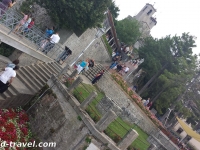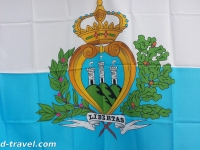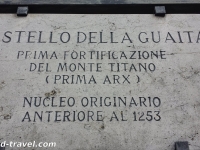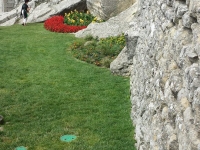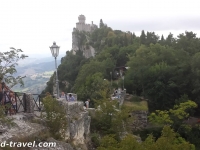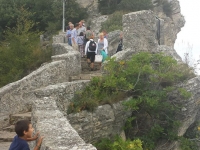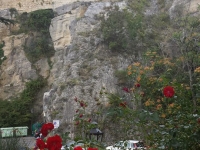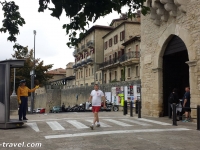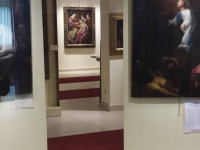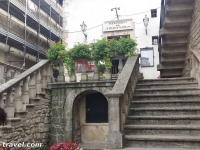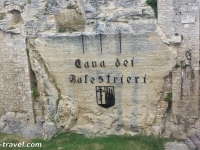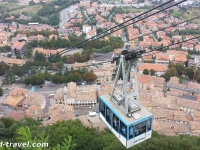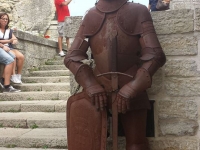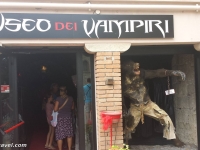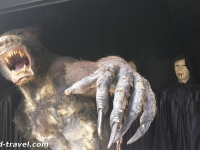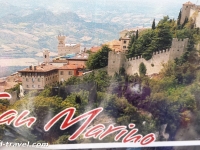Villa La Angostura is a town in the province of Neuquén, at 780 meters over sea level, in Argentina, and the capital of the Department of Los Lagos. The city is located in the South of the province, in Northern Patagonia, on the northwest shore of the Nahuel Huapi Lake. It’s in the northern sector of the Nahuel Huapi National Park, surrounded by lakes, forests and mountains, it is considered one of the most beautiful cities of Andean Patagonia. It’s a few kilometres from Cardenal Samoré, which allows to cross the border with Chile and with other nearby towns such as San Carlos of Bariloche and San Martín of los Andes, it forms a popular tourist corridor both in summer and in winter. The city is bordered by mountains : Bayo (1,782 m), Inacayal (1,840 m) and Belvedere (1 992 m). It has an average annual temperature of 8 ° C, although the variation between summer and winter is remarkable, with a maximum of 30 ° C and – 15 ° C respectively. The summers are hot and dry. The humid climate of the Andean Patagonia generates significant snow in July, August and September. The geography of the place enables a wide variety of sports and well-defined activities according to whether it is in the summer or winter season. During the winter the most practical are the skiing, snowboarding and mountaineering; during the summer: water sports, swimming, fishing, mountain biking, hiking and horseback riding. Sport fishing, occupies a very important place ifor the tourism and is recognized internationally (trout and salmon).
Tips
You can stay in the city and visit different interesting places nearby like Villa Traful (about 7km), the border with Chile (42km), San Carlos de Bariloche (87km), San Martín de los Andes (92km). You can rent a car or go on excursions with local tourism companies.
If you like hiking, go to Port Angostura (town port) which gives you access to the Mansa Bay and a beautiful beach. From there, you can go on a trip to get to the wood of Arrayanes.
If you go in February, there is a 3- day festival ‘ Provincial festival of gardens’ that rewards the most beautiful gardens of the city and the winner is exempt from property tax. There are parades of cars, street performances, circus, music, a craft fair and a gastronomic fair with tasting of regional products.
If you go in winter, every Friday, you can see the ‘ Torches’ falling’ organized by the local ski school. It is a group of skiers going down with torches lit from the main runway of the Bayo Mount. At the program: hot wine and music.





